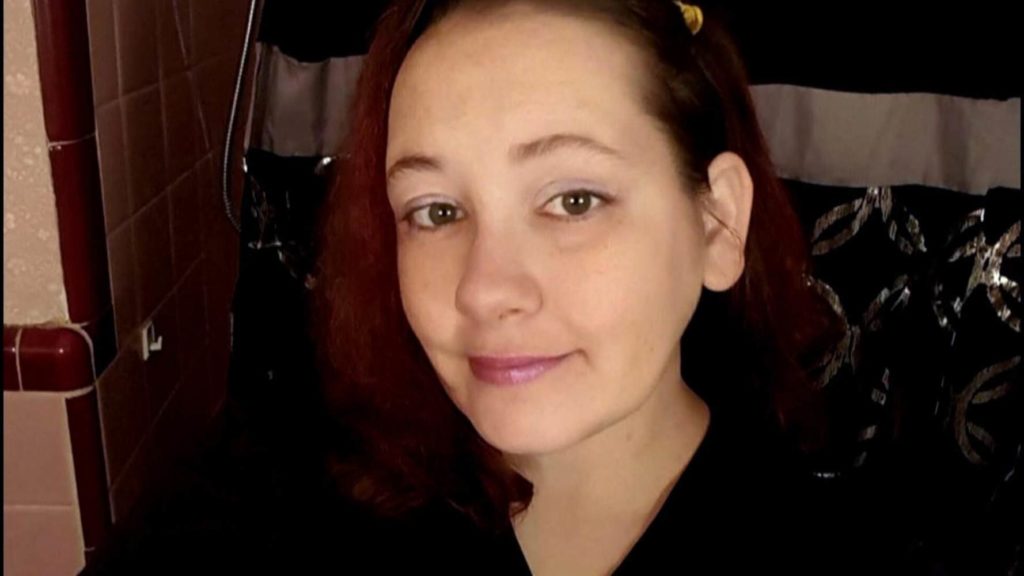Hurricane recovery
Thanks to NCCI for a very timely article by Chief Actuary Kathy Antonello on evaluating construction contractors based on information on experience modification rates.
Key takeaway – “It’s not appropriate to use E-mods to compare the relative safety of employers.”
Very interesting take on efficiency in construction; the Economist notes that the construction industry has become LESS efficient over the last few decades. While this may well be about to change, for those rebuilding in hurricane-ravaged areas, costs will be much higher, reconstruction take longer, and preparation to deal with the obvious impacts of climate change may not keep up with the speed of that change.
Blockchain continues to work its way into the insurance industry. An excellent piece in the Harvard Business Review notes that insurance is especially suited for blockchain. Both are predicated on spreading information, and in the case of insurance, that information deals with risk. Blockchain is uniquely suited to spreading risk as at its core it is a “trust and efficiency engine.”
Key takeaway…
it will require uncomfortable transparency [from established insurers] and price corrections in their business models. This will be toughest on the portions of the industry that are the least differentiated, where consumers often decide based on price: auto, life, and homeowner’s insurance. [emphasis added]
And there’s this telling point, which identifies a key reason insurers should be worried…
trust in business institutions, and the financial services sector in particular, is at an all-time low. While the large banks are at the center of this trust vacuum — with a seemingly steady stream of scandals, such as the recent Wells Fargo account rigging debacle — the erosion of trust is bad for everyone
Ignore at your peril.




